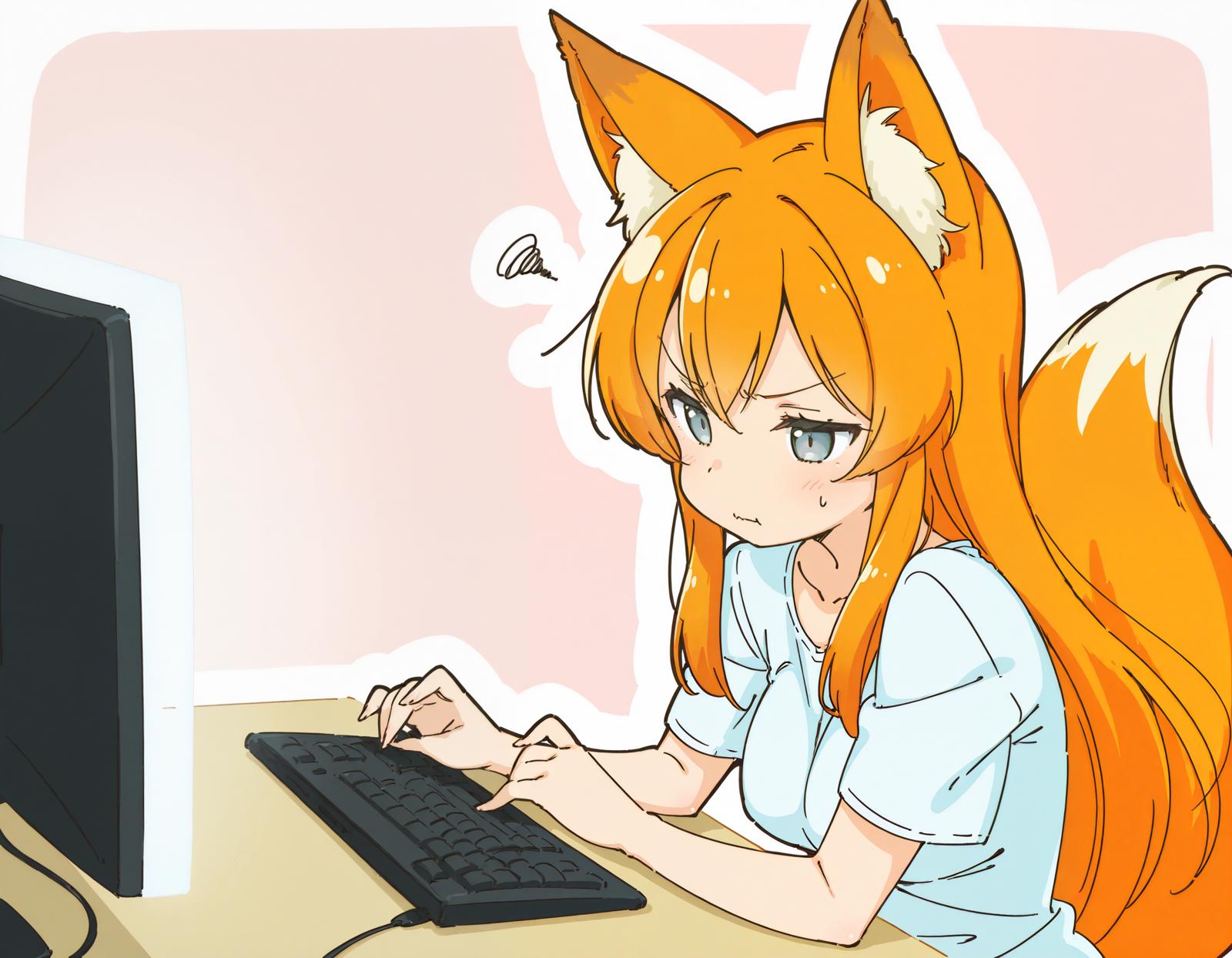A Woman’s Perspective on the AI Industry
The AI industry is often hailed as the cutting edge of technology, a field full of limitless possibilities and innovation. But for women like me, breaking into and thriving in this space is an uphill battle. While AI should be neutral and unbiased, the industry itself is still rife with gender disparities. From the challenges of AI image generation and LoRA (Low-Rank Adaptation) creation to navigating social networking, the journey of being a woman in AI is complex and demanding.
AI Image Generation: Fighting Bias While Creating Art
AI-generated images have exploded in popularity, from hyper-realistic portraits to stunning digital art. However, as a woman in this field, I constantly struggle with the biases ingrained in AI models. Many of these systems, trained on datasets that lack diversity, tend to oversexualize women or reinforce outdated beauty standards. Trying to create balanced, fair representations often feels like an uphill battle, requiring extra effort to fine-tune models that weren’t designed with inclusivity in mind.
Moreover, being a woman in AI image generation means facing skepticism about my technical skills. It’s frustrating when people assume that my work is merely a result of pressing a button rather than understanding the deep level of training, prompt engineering, and dataset curation required. Women in this space often have to prove themselves twice as much as their male counterparts.
LoRA Creation: A Battle for Recognition
LoRA, a fine-tuning technique for AI models, has allowed more personalized and efficient model training. But in this space, being a woman means dealing with gatekeeping and underestimation. When I create LoRA models, I often see my contributions dismissed or overshadowed by male colleagues. It’s disheartening to see my work questioned while others receive instant recognition.
Another struggle is access to resources and mentorship. Many LoRA development communities are male-dominated, and it can be intimidating to ask questions or share work in these spaces. The fear of not being taken seriously or facing condescension often keeps women from fully engaging in these communities, creating an ongoing cycle of underrepresentation.
Social Networking: The Unseen Barrier
In any field, networking is essential for growth. In AI, where connections often determine opportunities, social networking can be one of the biggest challenges for women. Many industry events, online forums, and collaborative projects are dominated by men, making it difficult to break in. It’s not just about being included—it’s about being valued.
I’ve often found myself in spaces where my contributions are overlooked in favor of those from male peers. Online, my work is sometimes assumed to be made by a man, and when I correct people, there’s an immediate shift in tone—either I’m patronized, questioned, or outright ignored. This invisible bias makes it harder for women to gain traction, collaborate, and advance in the field.
Additionally, the social aspect of AI comes with another major challenge: harassment. Many women in AI, particularly those working in visible areas like AI-generated art and model training, face unwanted attention, condescending comments, and even threats. The fear of being targeted often discourages women from fully engaging in the community or sharing their work publicly.
The Path Forward
Despite these challenges, women in AI continue to push forward, breaking barriers and demanding space in an industry that needs diversity. More women-led communities are emerging, offering support, mentorship, and visibility. Open conversations about bias, gatekeeping, and harassment are becoming more frequent, helping to drive change.
For the AI industry to truly evolve, it must be inclusive. Companies, research teams, and online communities need to actively support and uplift women, ensuring they have equal opportunities to contribute, lead, and innovate. The fight isn’t just about representation—it’s about creating AI that reflects the diversity of the world it aims to serve.
Until then, women in AI will keep doing what they do best: innovating, creating, and proving that they belong.


